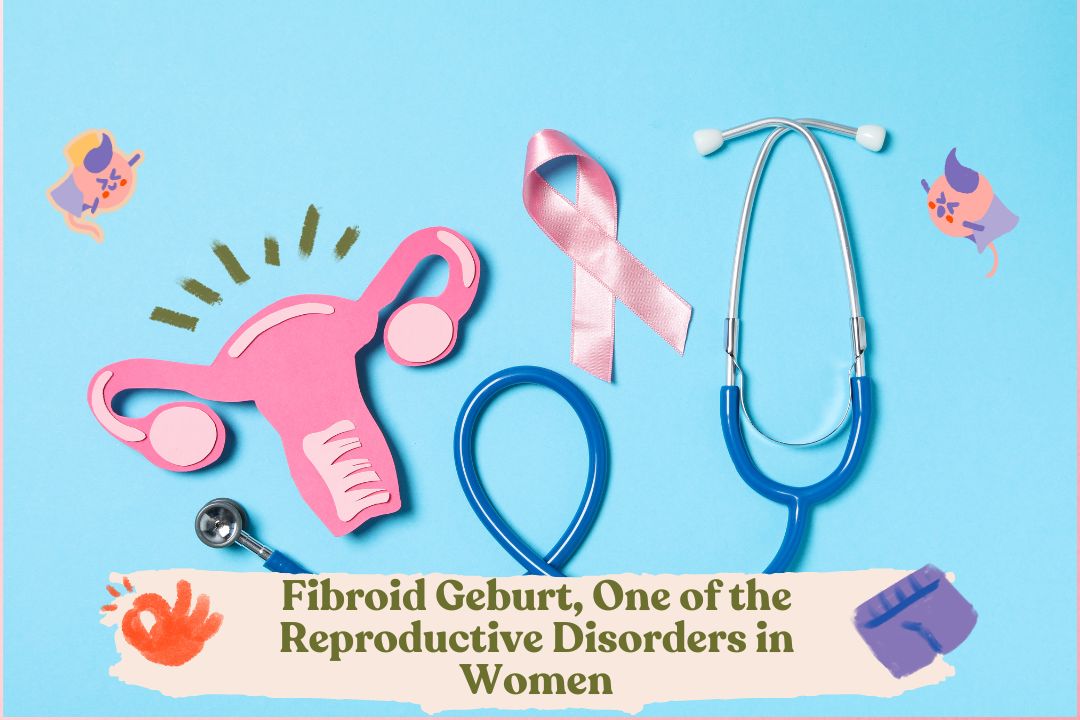Fibroid Geburt, One of the Reproductive Disorders in Women

Fibroid Geburt is a type of fibroid experienced in the female reproductive organ. This condition can lead to anemia. One of the reproductive disorders that women can experience is fibroids. Fibroids are a condition when there is a growth of tumor cells around the uterus. Generally, these tumor cells are benign and rarely develop into cancer.
These tumor cells can appear on the surface of the uterus, inside the uterus, and also on the uterine wall. The fibroids originate from abnormal growth of uterine muscle cells. It is this cell growth that forms fibroids, which can vary in size.
What is Fibroid Geburt?
Fibroid Geburt is one type of Uterine Fibroids, specifically submucosal fibroids growing within the inner layer of the uterine wall. Fibroid Geburt is a submucosal fibroid that grows on a stalk and often occurs in women aged 30-50 years. If the size of this fibroid enlarges, it can affect the menstrual cycle, causing bleeding, and other complications such as miscarriage and fertility issues.
Submucosal fibroids have three classifications, namely fibroids with pedunculated growth, fibroids without pedunculated growth with >50% expansion into the intramural area, and fibroids without pedunculated growth with <50% expansion into the intramural area. While this type of submucosal fibroid is not dangerous, it can be quite bothersome and may lead to anemia.
Symptoms of Fibroid Geburt
- Vaginal bleeding with significant volume
- Blood clots in the bleeding
- Lower back pain, especially when sitting
Can Fibroid Geburt Affect Fertility?
As mentioned earlier, continuously growing fibroids can also affect the menstrual cycle, causing bleeding and complications, including infertility issues. However, this depends on the condition of the fibroid and each patient.
Tanya Mincah tentang Promil?
If the fibroid grows larger and its location disrupts fertility, it should be addressed based on the cause. Treatment options can range from medications prescribed by a doctor to surgical procedures.
Diagnosing Fibroid Geburt
If you experience some of the symptoms mentioned above, diagnosis can be done through several processes, such as:
1. Anamnesis
This is done by examining the lump that comes out of the cervix and the history of bleeding in women in their 40s.
2. Physical Examination:
Divided into two parts:
- External abdominal examination: This examination may not visibly detect abnormalities, but it can find abnormalities in the shape of the uterus during bimanual palpation, such as an irregular shape or a protrusion with a hard texture.
- Gynecological examination (PDV): This examination is done to examine the lump that comes out of the cervix, which has a soft texture, is easily movable, has a stalk-like shape, and is prone to bleeding.
3. Supporting examinations
- Gynecological Ultrasonography: This examination is performed to detect the type of tumor in the pelvic cavity.
- Hysteroscopy: This examination is performed to evaluate patients with submucosal fibroids and infertility.
- Laboratory tests: Complete blood count, urine analysis, and pregnancy test.
If you experience the above symptoms, consult a doctor immediately to find the right solution and treatment.
Ask Mincah
[fluentform id=”31″]Source:
- Putri, N. A. (2017). Presentasi Kasus Mioma Geburt. Academia Edu.
- Bandaso, E.R.N.B., Saranga, D., Kaput, J.A. (2019). Mioma Geburt Dengan Anemia: Laporan Kasus. Vol. 1 | No. 1 | Februari 2019 | Jurnal Medical Profession (MedPro).
- Kurniawati, E. M., et al. (2022). Giant Fibroepithelial Polyps of the Vulva in a Woman with Uterine Myoma and Primary Infertility: A Case Report and Literature Review. Am J Case Rep. 2022; 23: e933198-1–e933198-8.









